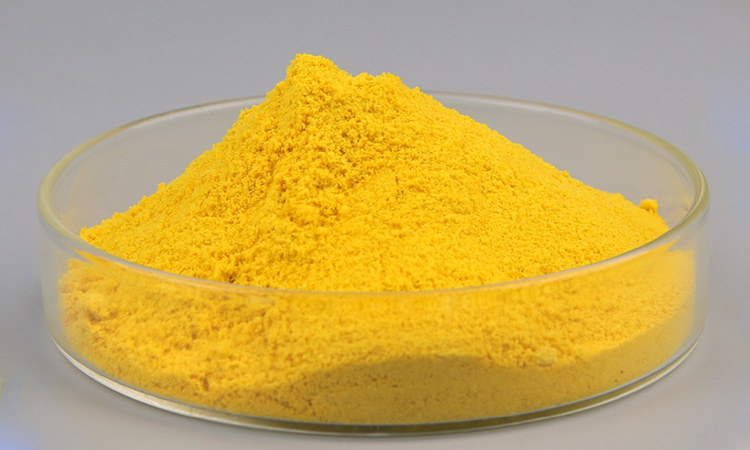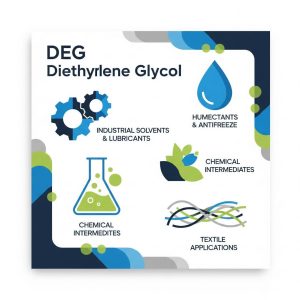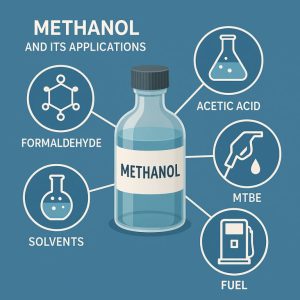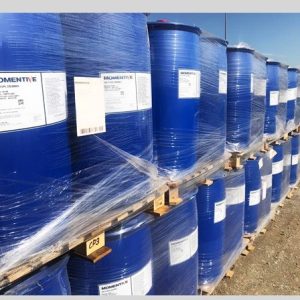Description
Poly Aluminum Chloride (PAC) – Properties, Applications & Benefits
Poly Aluminum Chloride (PAC) is one of the most widely used coagulants in the water treatment industry. This inorganic polymer, made from aluminum and chlorine compounds, is highly effective in removing suspended solids, heavy metals, and organic matter from water and wastewater. Its superior performance over traditional alum (aluminum sulfate) has led to its growing use in various sectors.
Composition and Types
PAC is available in both liquid and powder forms, commonly in the following concentrations:
- Liquid PAC with 9% or 18% aluminum oxide (Al₂O₃)
- Powdered PAC with 30% aluminum oxide
The choice of type depends on the intended application, quality standards, and pH requirements. High-purity powdered PAC is often used in more sensitive treatment processes.
Main Applications
Thanks to its strong coagulation properties, PAC is used in a broad range of industries and treatment plants, including:
- Drinking water treatment
- Municipal and industrial wastewater treatment
- Removal of heavy metals and hazardous compounds
- Treatment of leachate from landfills
- Effluent treatment in paper, textile, dairy, detergent, and power plant industries
PAC is also used in concrete manufacturing for improved consistency, in paper production for higher quality, and in enhancing detergent efficiency.
Benefits of Using PAC
PAC offers several advantages over traditional coagulants like alum:
- High performance across a wide pH range
- Lower sludge production during coagulation
- Reduced need for pH adjustment
- Effective in both acidic and alkaline environments
- Easy to store, transport, and handle
These features make PAC a preferred choice in modern water and wastewater treatment processes.
Packaging and Storage
PAC is supplied in:
- 25 kg double-layered bags (powder form)
- 1000-liter IBC tanks or corrosion-resistant containers (liquid form)
Storage recommendations:
- Powder: Store in a dry place away from sunlight and moisture
- Liquid: Must be stored in tanks made of PE (polyethylene), PVC (polyvinyl chloride), or FRP (fiberglass) due to its corrosive nature






Reviews
There are no reviews yet.